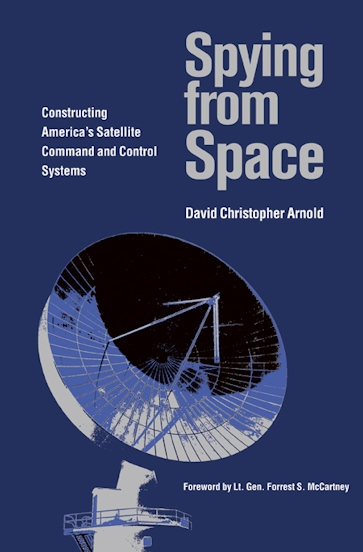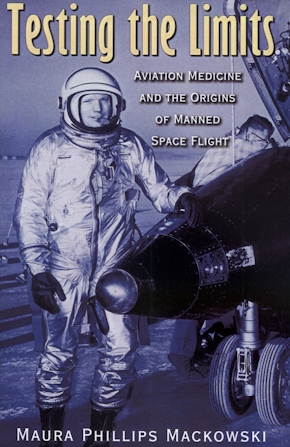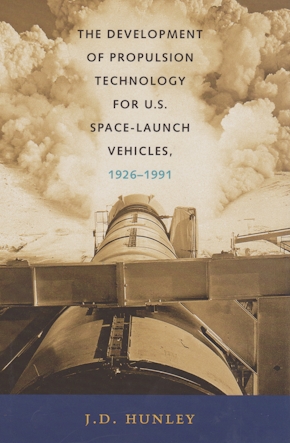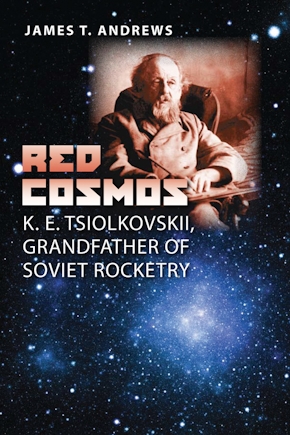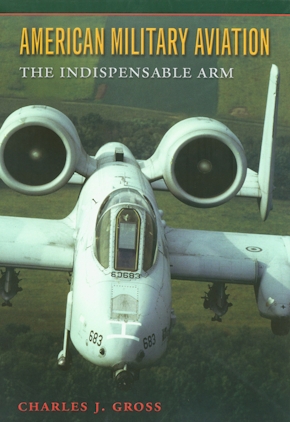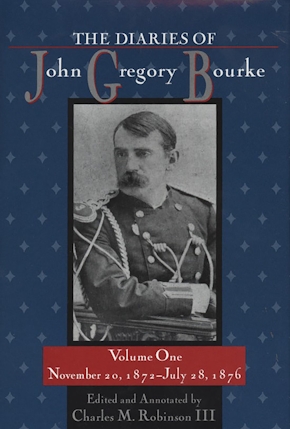Spying from Space
Constructing America's Satellite Command and Control Systems
978-1-60344-043-1 Paperback
6 x 9 x 0 in
232 pp. 25 b&w photos.
Pub Date: 06/12/2008
Available
This revolution in military intelligence could not have occurred without the development of the command and control systems that made the Space Race possible. In Spying from Space, David Christopher Arnold tells the story of how military officers and civilian contractors built the Air Force Satellite Control Facility (AFSCF) to support the National Reconnaissance Program. The AFSCF also had a unique relationship with the National Reconnaissance Office, a secret organization that the U.S. government officially concealed as late as the 1990s. Like every large technology system, the AFSCF evolved as a result of the interaction of human beings with technology and with each other.
Spying from Space fills a gap in space history by telling the story of the command and control systems that made rockets and satellites useful. Those interested in space flight or intelligence efforts will benefit from this revealing look into a little-known aspect of American achievement. Those fascinated by how large, complex organizations work will also find this an intriguing study of inter-service rivalries and clashes between military and civilian cultures.
About the Author
Published by Texas A&M University Press
